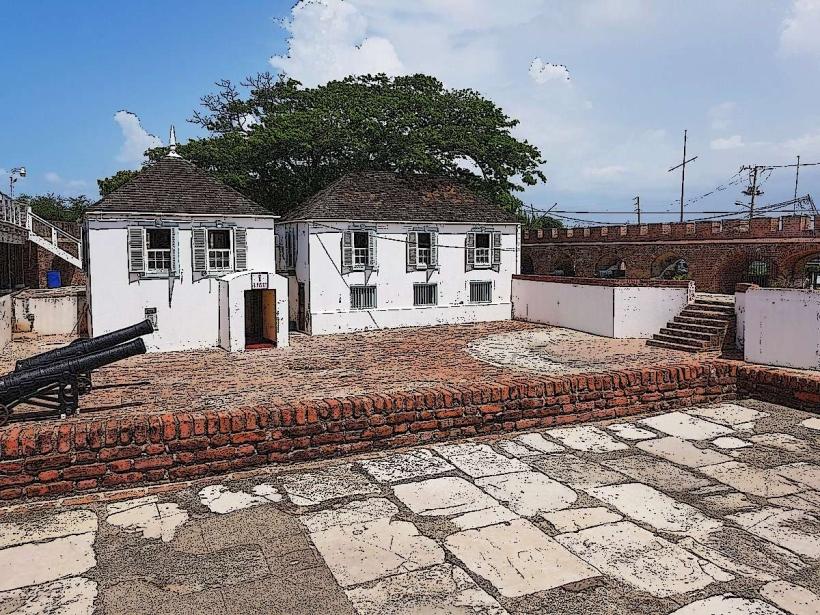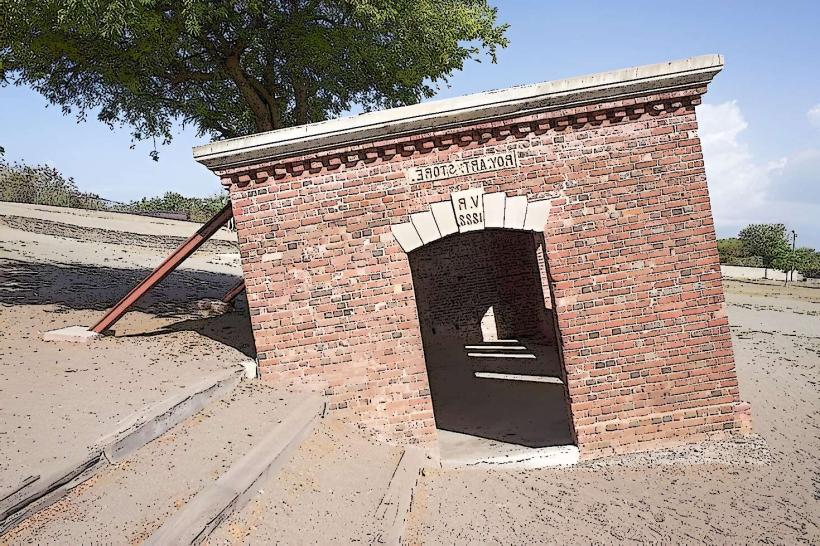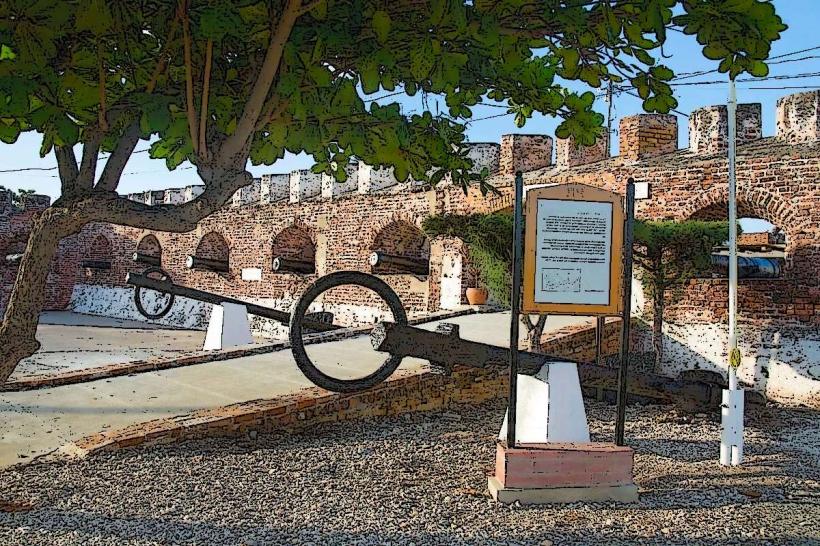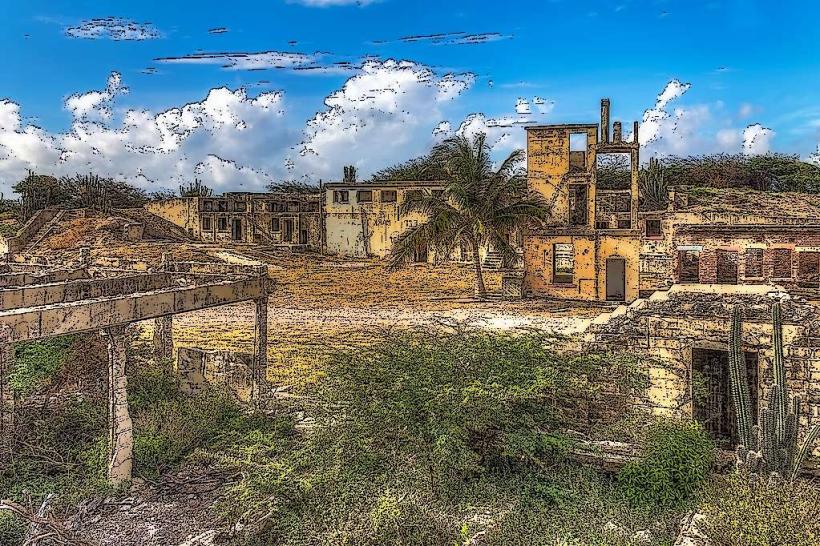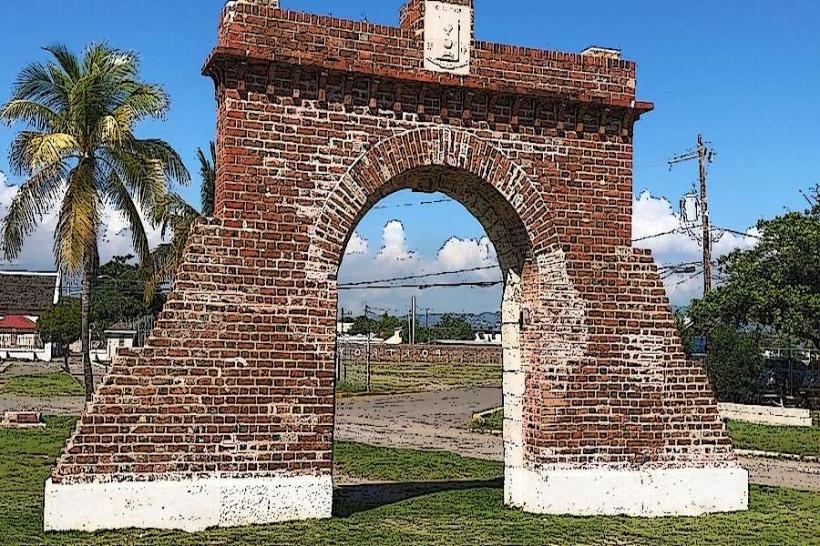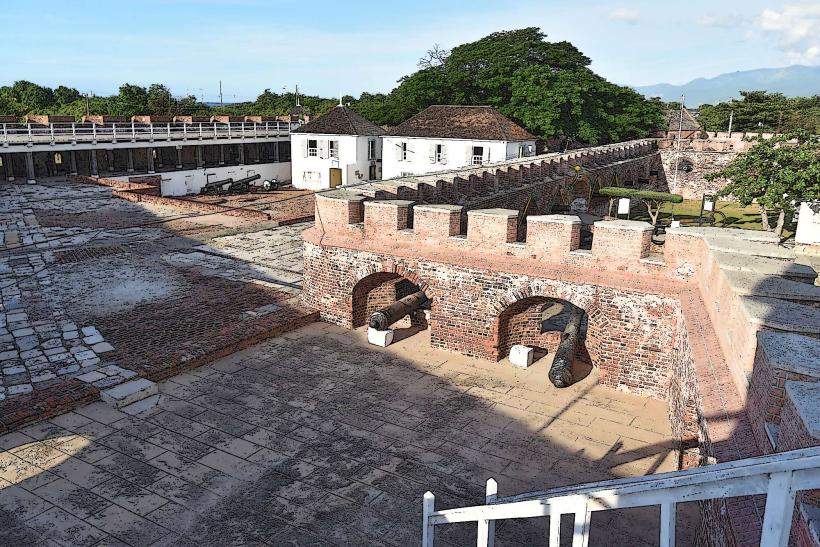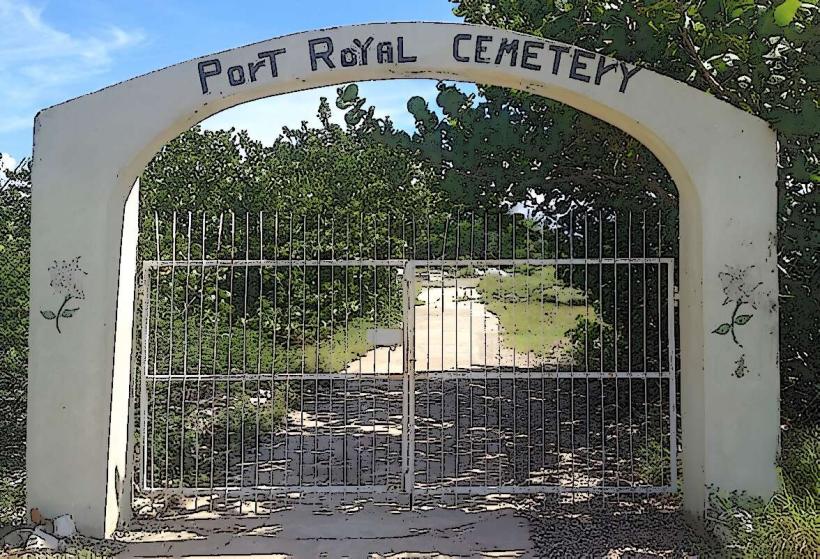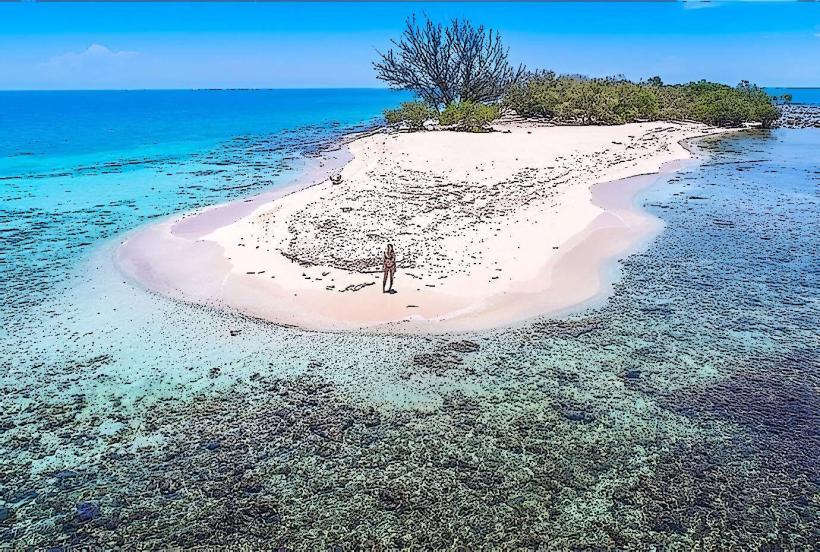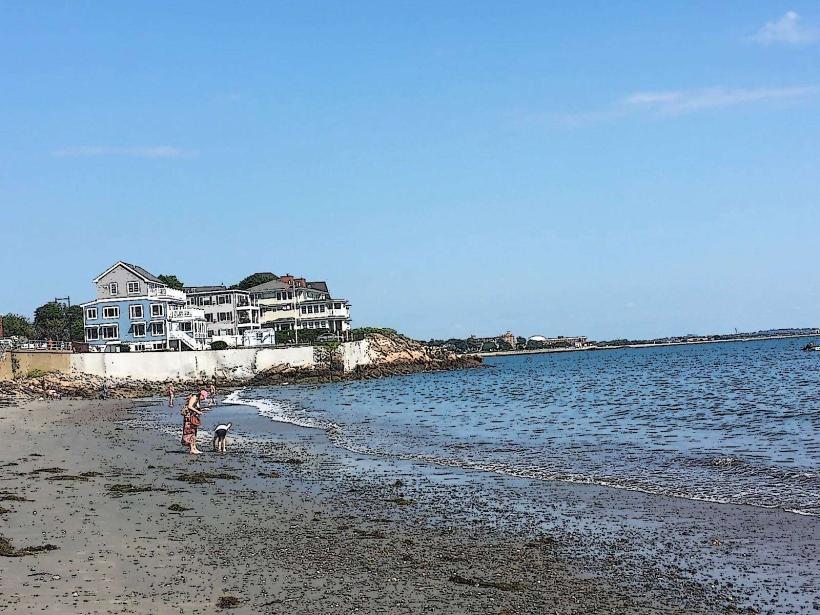Information
Landmark: Fort MorganCity: Port Royal
Country: Jamaica
Continent: North America
Fort Morgan is another historical fort located in Port Royal, Jamaica, contributing to the city's significant military heritage. While not as famous as Fort Charles, it is an essential part of the defensive network that once protected Port Royal from naval attacks and piracy.
Historical Background:
Fort Morgan was constructed during the 17th century, when Port Royal was at its peak as a bustling port and pirate haven. The fort was part of a series of fortifications built by the English after they took control of Jamaica from the Spanish in 1655. These forts were designed to defend the harbor and prevent enemy ships from attacking the valuable trading center.
The fort is named after Sir Henry Morgan, the notorious Welsh privateer who became the lieutenant governor of Jamaica in the late 1600s. Morgan’s influence in Port Royal was significant, as he led numerous successful pirate raids in the Caribbean, earning both fame and infamy. While the fort itself was not necessarily built by Morgan, it was erected during his time, and his name has become synonymous with Port Royal's pirate legacy.
Design and Purpose:
Fort Morgan, like other forts in Port Royal, was designed to protect the city’s harbor, which was crucial to Jamaica’s economy. The fort had a strategic location that provided an excellent vantage point to spot approaching ships. It was equipped with cannons to defend the harbor entrance and prevent attacks from both sea and land.
The fort was designed with bastions (angled projections in the walls), which allowed defenders to fire along the walls, increasing their defensive range. This architectural feature was common in military designs of the time, as it provided better coverage and protection for the fort’s occupants.
Role in Port Royal’s Defense:
Fort Morgan was an essential part of Port Royal’s defense system, complementing other fortifications, such as Fort Charles. Together, these forts helped to secure the city from rival European powers, pirate fleets, and any threats to British control of the Caribbean. Given Port Royal's importance as a hub for trade and piracy, maintaining strong defenses was a priority for the British.
Decline and Current State:
After the 1692 earthquake, which led to the partial submerging of Port Royal, many of the city’s structures, including Fort Morgan, were damaged. The fort was no longer as crucial to the defense of the region as the British military presence shifted, and Port Royal itself fell into decline. Over the centuries, Fort Morgan, like many of the city’s forts, fell into disrepair and was largely abandoned.
Today, Fort Morgan is a ruin, with much of the original structure eroded or overtaken by vegetation. It is not a major tourist attraction compared to Fort Charles or the underwater ruins of Port Royal, but it remains an important part of the city’s military history. The remnants of the fort can still be explored, offering a glimpse into the past when Port Royal was a center of naval power and piracy.
Visiting Fort Morgan:
Though not as popular as Fort Charles, Fort Morgan remains a quiet, historically significant site in Port Royal. Visitors can still view the remaining walls and other features of the fort, such as cannon placements and strategic vantage points, although much of it has deteriorated over time. Exploring Fort Morgan adds to the rich historical context of Port Royal and provides a deeper understanding of its defense systems during the age of piracy and colonial rule.

